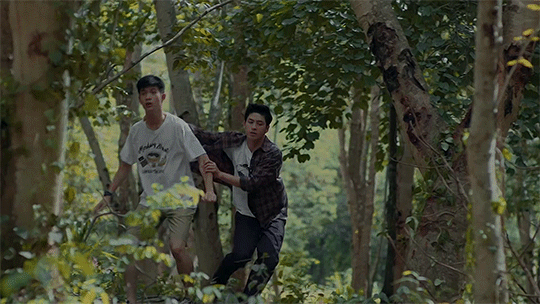Don't wanna be here? Send us removal request.
Text

I am crying because they don’t know what bromance actually means 😭 this is the wrong caption for suriya and karthi because they’re literally blood related brother. That’s why the normies can’t find us here on tumblr, they will be confuse as hell with all the terms.🤣
Okay let me show you what bromance actually is 😭

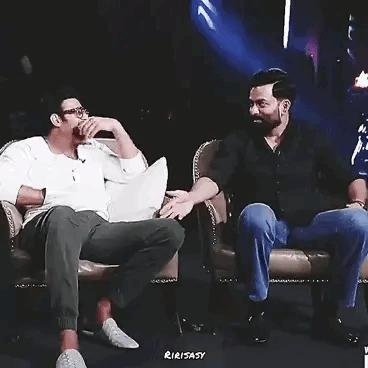


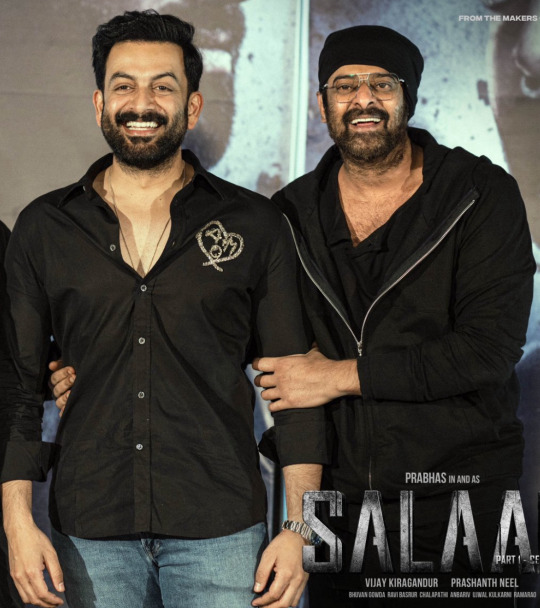

124 notes
·
View notes
Text
Now feels like a good time to bring this back...
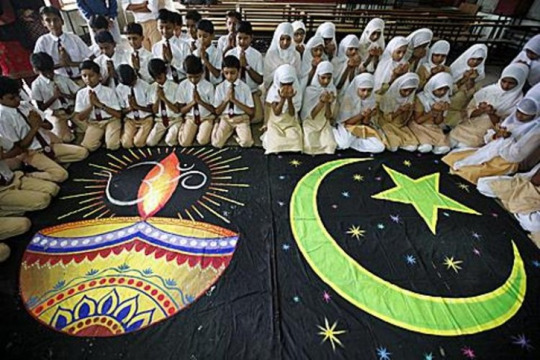
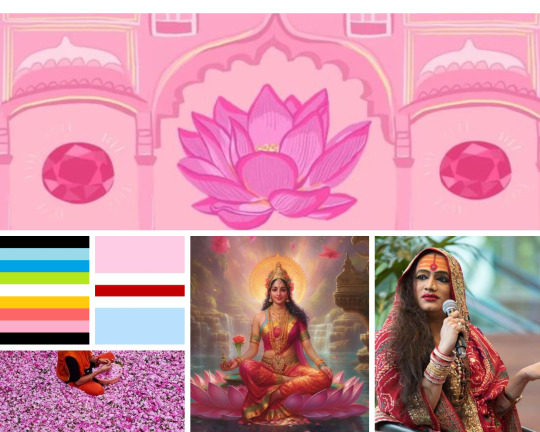
Thanks for the backup, @no-depression-for-vampires, @taliabhattwrites, @tiredguyswag & @brokenbackmountain ❤️
71 notes
·
View notes
Text
In addition to my Monkey Man post from earlier, the always kind & sweet Aparna Verma (author of The Phoenix King, check it out) asked that I do a thread on Hijras, & more of the history around them, South Asia, mythology (because that's my thing), & the positive inclusion of them in Monkey Man which I brought up in my gushing review.
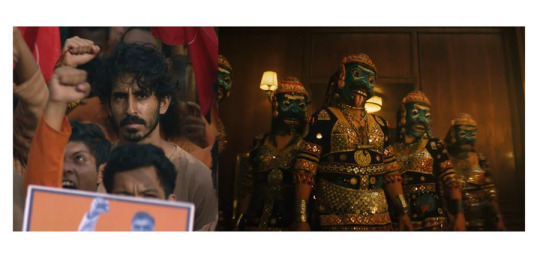
Hijra: They are the transgender, eunuch, or intersex people in India who are officially recognized as the third sex throughout most countries in the Indian subcontinent. The trans community and history in India goes back a long way as being documented and officially recognized - far back as 12th century under the Delhi Sultanate in government records, and further back in our stories in Hinduism. The word itself is a Hindi word that's been roughly translated into English as "eunuch" commonly but it's not exactly accurate.
Hijras have been considered the third sex back in our ancient stories, and by 2014 got official recognition to identify as the third gender (neither male or female) legally. Pakistan, Nepal, Bangladesh, and India have accepted: eunuch, trans, intersex people & granted them the proper identification options on passports and other government official documents.
But let's get into some of the history surrounding the Hijra community (which for the longest time has been nomadic, and a part of India's long, rich, and sometimes, sadly, troubled history of nomadic tribes/people who have suffered a lot over the ages. Hijras and intersex people are mentioned as far back as in the Kama Sutra, as well as in the early writings of Manu Smriti in the 1st century CE (Common Era), specifically said that a third sex can exist if possessing equal male and female seed.
This concept of balancing male/female energies, seed, and halves is seen in two places in South Asian mythos/culture and connected to the Hijra history.
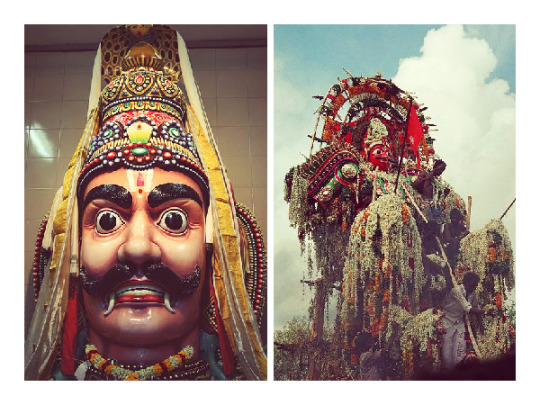
First, we have Aravan/Iravan (romanized) - who is also the patron deity of the transgender community. He is most commonly seen as a minor/village deity and is depicted in the Indian epic Mahabharata. Aravan is portrayed as having a heroic in the story and his self-sacrifice to the goddess Kali earns him a boon.
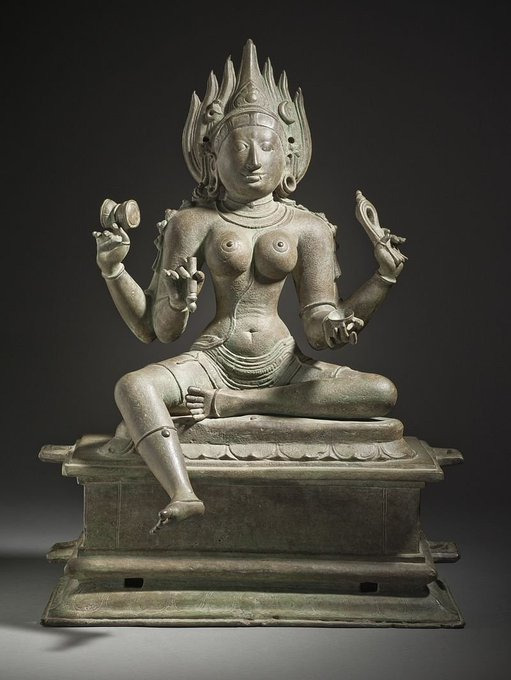
He requests to be married before his death. But because he is doomed to die so shortly after marriage, no one wants to marry him.
No one except Krishna, who adopts his female form Mohini (one of the legendary temptresses in mythology I've written about before) and marries him. It is through this union of male, and male presenting as female in the female form of Mohini that the seed of the Hijras is said to begun, and why the transgender community often worships Aravan and, another name for the community is Aravani - of/from Aravan.
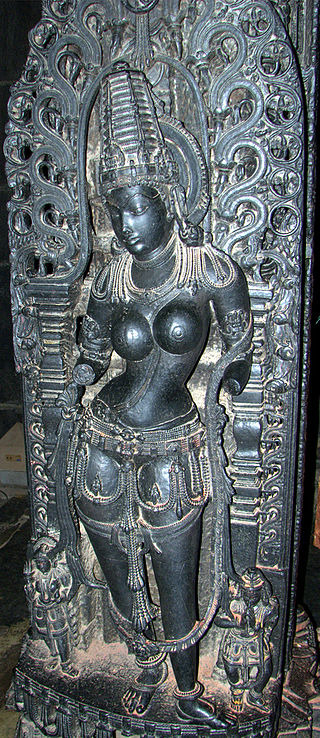
But that's not the only place where a gender non conforming divine representation can be seen. Ardhanarishvara is the half female form of lord Shiva, the destroyer god.
Shiva combines with his consort Parvarti and creates a form that represents the balancing/union between male/female energies and physically as a perfectly split down the middle half-male half-female being. This duality in nature has long been part of South Asian culture, spiritual and philosophical beliefs, and it must be noted the sexuality/gender has often been displayed as fluid in South Asian epics and the stories. It's nothing new.

Many celestial or cosmic level beings have expressed this, and defied modern western limiting beliefs on the ideas of these themes/possibilities/forms of existence.
Ardhanarishvara signifies "totality that lies beyond duality", "bi-unity of male and female in God" and "the bisexuality and therefore the non-duality" of the Supreme Being.
Back to the Hijra community.
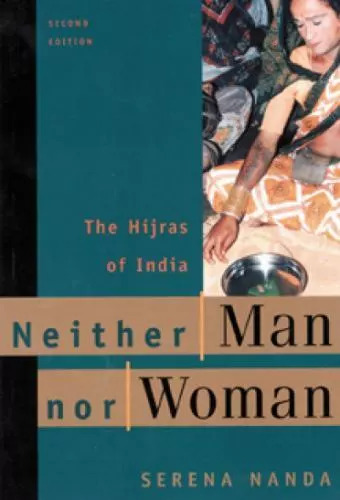
They have a complex and long history. Throughout time, and as commented on in the movie, Monkey Man, the Hijra community has faced ostracization, but also been incorporated into mainstream society there. During the time of the Dehli Sultanate and then later the Mughal Empire, Hijras actually served in the military and as military commanders in some records, they were also servants for wealthy households, manual laborers, political guardians, and it was seen as wise to put women under the protection of Hijras -- they often specifically served as the bodyguards and overseers of harems. A princess might be appointed a Hijra warrior to guard her.
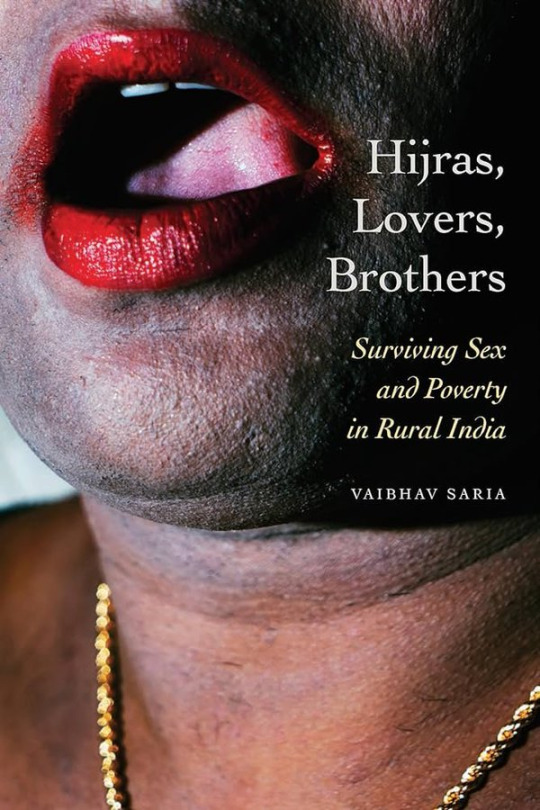
But by the time of British colonialism, anti-Hijra laws began to come in place folded into laws against the many nomadic tribes of India (also shown in part in Monkey Man with Kid (portrayed by Dev Patel) and his family, who are possibly
one of those nomadic tribes that participated in early theater - sadly by caste often treated horribly and relegated to only the performing arts to make money (this is a guess based on the village play they were performing as no other details were given about his family).
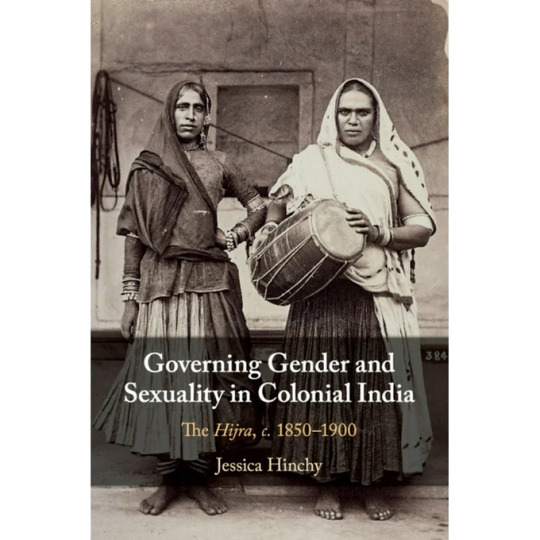
Hijras were criminalized in 1861 by the Indian Penal Code enforced by the British and were labeled specifically as "The Hijra Problem" -- leading to an anti-Hijra campaign across the subcontinent with following laws being enacted: punishing the practices of the Hijra community, and outlawing castration (something many Hijra did to themselves). Though, it should be noted many of the laws were rarely enforced by local Indian officials/officers. But, the British made a point to further the laws against them by later adding the Criminal Tribes Act in 1871, which targeted the Hijra community along with the other nomadic Indian tribes - it subjected them to registration, tracking/monitoring, stripping them of children, and their ability to sequester themselves in their nomadic lifestyle away from the British Colonial Rule.
Today, things have changed and Hijras are being seen once again in a more positive light (though not always and this is something Monkey Man balances by what's happened to the community in a few scenes, and the heroic return/scene with Dev and his warriors). All-hijra communities exist and sort of mirror the western concept of "found families" where they are safe haven/welcoming place trans folks and those identifying as intersex.
These communities also have their own secret language known as Hijra Farsi, which is loosely based on Hindi, but consists of a unique vocabulary of at least 1,000 words.
As noted above, in 2014, the trans community received more legal rights.
Specifically: In April 2014, Justice K. S. Radhakrishnan declared transgender to be the third gender in Indian law in National Legal Services Authority v. Union of India.
Hijras, Eunuchs, apart from binary gender, be treated as "third gender" for the purpose of safeguarding their rights under Part III of our Constitution and the laws made by the Parliament and the State Legislature. Transgender persons' right to decide their self-identified gender is also upheld and the Centre and State Governments are directed to grant legal recognition of their gender identity such as male, female or as third gender.
I've included some screenshots of (some, not all, and certainly not the only/definitive reads) books people can check out about SOME of the history. Not all again. This goes back ages and even our celestial beings/creatures have/do display gender non conforming ways.
There are also films that touch on Hijra history and life. But in regards to Monkey Man, which is what started this thread particularly and being asked to comment - it is a film that positively portrayed India's third sex and normalized it in its depiction. Kid the protagonist encounters a found family of Hijras at one point in the story (no spoilers for plot) and his interactions/acceptance, living with them is just normal. There's no explaining, justifying, anything to/for the audience. It simply is. And, it's a beautiful arc of the story of Kid finding himself in their care/company.
831 notes
·
View notes
Text
Is "hijra" a slur? Contextualizing South Asian (trans)misogyny
A note on the sheer cultural diversity of the subcontinent
There is no realistic way for me to exhaustively examine the context of every South Asian transfeminized population (though believe me, I’d like to). As such, I’m going to limit my scope to India, but make a quick initial note about Pakistan and Bangladesh.
Pakistani transfeminized communities, according to my partner’s sisters who are in the community, do consider ‘hijra’ more derogatory than their Indian counterparts necessarily do and refer to themselves as part of the ‘khwaja sira’ community.
I have sadly not been able to speak to any transfeminine people from Bangladesh, but I have spoken to cis queers who have told me that they use ‘hijra’ in a manner similar to India.
If there are desi queers from those communities who would like to add their perspectives, please feel free to reblog. And for the South Asian communities I haven't mentioned (such as Sri Lanka), please feel free to add your perspectives too! I'm curious to hear from you all.
Etymology and Usage
‘Hijra’ in its meaning and usage amongst the cis is most similar to the word ‘naamard’ (NAH-murd). The ‘naa’ is prefixal, a negation akin to ‘non’, while ‘mard’ is the word for ‘man’. It is a way of unmanning a man, of calling him lacking in the essential quality of manhood, of labelling him, in spirit if not in body, impotent.
As such, you can see how it’s an implicitly third-sexing construction (even before you account for how these communities are explicitly third-sexed, denied the epistemic autonomy to be recognized as women and now third-sexed by law). When Nanda called them emasculated homosexuals, it was not far off from how Indian culture forcibly categorizes and marginalizes them.
Members of the community have told me about their frustration and anger at being referred to as such, even though the word has now become a term through which they organize the community and sometimes advocate for themselves, a political reality that does not inherently contradict their campaigns to be recognized as women, and allowed to self-ID as such. (Recall, the Indian government currently mandates legal third-sexing of the hijra: they must first obtain a “Trans Certificate” and be documented as a third sex before they initiate the process of being recognized as women—a process that is contingent on subjecting themselves to transmedicalist scrutiny and gatekeeping!)
Others, however, have pointed out to me that the term is undergoing a process of reclamation. The term ‘hijra’ has a certain degree of legibility in Indian society even as it is a pejorative with degendering and dehumanizing connotations. It is being reclaimed intracommunally, but also by allies who speak of them without the usual stigmatizing connotations that cis society has saddled the term with.
Even still, I have also been told that the manner in which cis and especially Western academics use the term in scholarship—and I’m quoting here—"makes me want to tear my skin out". The fictions of “recognized gender role in Indian society” and “oppressed only after colonialism” are further simplifications and fabrications that obfuscate the role South Asian ruling-class collaborators eagerly played in petitioning for those colonial-era laws, and ignore such easily available empirical evidence as the Manusmriti mandating punishments for anyone who sleeps with—ugh—“eunuchs”.
Conclusion
In sum, I’d liken the use of the word “hijra” as analogous to the usage of “queer” in the 90s, as a slur in the contentious, contextual process of being reclaimed. As Aruvi put it to me on Bluesky:

We cannot allow cis people to dictate the discursive and epistemic terms of transfeminine culture. At the same time, the term “hijra” still carries with it heavy baggage due to South Asian transmisogyny as well as the academic misrepresentations and epistemic extractivism that Western scholarship has subjected South Asian transfeminized demographics to.
If you want to know how best to use the term, try to do so without third-sexing, and without promulgating fictive ideas of South Asian cultures being “gender-expansive” and “recognizing more than two genders”. Erasing the marginalization of the hijra is endemic to the way the term is used in the West, and that must absolutely be combatted.
On a final, personal note, I also wish to clearly state that I do not reject the label ‘hijra’ because I consider myself essentially different from them. Many Indian (usually upper-caste) trans women wish to distance themselves from the hijra, as though reproducing our society’s disgust for them will spare them from the same fate. That is not an attitude I share, or wish to normalize. The hijra—both those who affirmatively identify with the term, and those who wish to distance themselves from it—are my sisters.
I have simply not been granted the honor of being part of the communities and kin structures, and I do not wish to appropriate their struggles out of respect. Even still, their struggles are and will always be mine.
318 notes
·
View notes
Text
bad good boys and nose rings



HARSHVARDHAN RANE in DANGE (2024)
118 notes
·
View notes
Text
All my gays assemble
Let's appreciate these two for a while
Encounter


Dramatic romantic bishes

Gay scenic views time

Hangout with resident lesbians

Baby?
No. Daddy


176 notes
·
View notes
Text



In the promo pictures for BillyBabe's new drama Interminable, we see Babe wearing a traditional Thai dance outfit.

This costume looks a lot like the Brahmin disguise worn by Phra Lo from the Lakhon Nok drama based on the epic tale.


Babe also wears the red mark (tilaka) on his forehead that we see in the Brahmin disguise.
In this scene, Phra Lo and his two servants sneak into the garden where he will meet Princesses Phuean and Phaeng.
You can always read my Phra Lo post if you're curious how that goes 🙃

While there will only be one true Phra Lo in my heart (beautiful Khem, my golden boy)
I am hoping we might get to see Babe dance part of this scene 🙏

Here is a dance performance of Phra Lo entering the garden.
youtube
37 notes
·
View notes
Text
Insights on filming NC scenes in Thai BL Series from Acting Coach/Intimacy Coordinator Romchat Tanalappipat and Director Boss Wasakorn of Top Form
I think intimacy coordinators are highly underappreciated within BL spaces, especially Thai BL ones. I recently came across these insights from Acting Coach/Intimacy Coordinator Romchat and Director Boss Wasakorn of Top Form that I wanna share here to give them a bit of a spotlight.
This is a bit of discussion P'Rom had about the importance of having intimacy coordinators especially in BL series where NC scenes are quite important to the series.
In our country, the Boy Love business is becoming quite a big deal. And what we see in the bodies and trauma of the young actors in our country who act in Boy Love series is that they feel more comfortable [playing NC scenes] with men, but with women, they experience tension, even though they are straight. This experience causes confusion in their bodies and thoughts. Many people, we have to talk to them about how our bodies react, that this is not about sex. The body being stimulated is just the body being stimulated. Because... because they think they're straight, but when they have a love scene with a man, they get confused about whether they are straight or not. And we tell them that ultimately, whether you're straight or like men is not wrong at all. But it has to come from an understanding of the body in terms of anatomy, in terms of biology first. When the body reacts to something and we don't understand it, we start to make up meanings that sometimes don't make sense, but they make sense to us alone. - Acting Coach Romchat in MONOLOGUE EP 15 (disclaimer: this is just my rough translation, may contain inaccuracies)
This below is an excerpt from a podcast episode where P'Rom talks about the misconception of actors improvising, the host and P'Rom were talking about how there needs to be clear directions for NC scenes because if actors improvise whatever, it can become messy, or they don't know where the scene begins and ends...
Actors are good at improvising [for NC scenes] because they have clear directions [from directors/coaches/coordinators]. It's not like they're just doing whatever they wanna do in those scenes. There are no such thing as actors just doing whatever they want in these [NC] scenes. Good NC scenes come from actors [that improvise] who are clear on the frameworks of their characters, what they need in those those scenes, what the directors want from them/their characters, whether they will improvise in the direction that the directors give them... It's not like [directors just go] "Do it! Do it!" This is hard for actors. Because sometimes there will be situations where actors go "What do you want me to do?" and directors just say "Improvise" and like how can the actors know what to do, they're not scriptwriters. - Acting Coach Romchat in CINEFILE EP 44 (disclaimer: this is just my rough translation, may contain inaccuracies)
youtube
Another person who recently spoke about having intimacy coordinators on set was Director Boss Wasakorn of Top Form during a Twitter space for EP 4 where the iconic honey NC scene happened.
Smart and Boom explained that director and staff protect them a lot. There's only a few ppl who got permission gets to be in the scene. Whoever gotten a green cat sticker can be in the scene. Whoever without the sticker can't be in the scene. Even the lighting staff have to leave after done setting it up. This gives them lots of freedom and feel safe to play the scene. Director explained it's the 1st NC that he shoot. He wants the safety/protection up to world wide standard. Using zone-blocking method, whoever that gotten green sticker are allow to be in scene. Whoever with yellow/orange sticker can be around the monitor, red means not allow to be in filming area. Boom said that at first they were worried to film NC in front so many people but zone-blocking make them more courage to perform.
Director: Probably some wonder if there's improvisation during NC? Actually there's not really improvisation cause all the choreo are locked, after this pose, we'll proceed with this pose, this pose, it's all discussed so actors would feel safe. (translations by xiaobabiiwawa)

I found a little connection between all these people which is that the acting coaches (and presumably intimacy coordinators) of Top Form are Natda Chawawanid and Pitchayut Roongrojsub, both of whom work at Romchat's Spark Drama Studio which have worked on multiple QL works like My Stand-In, I Told Sunset About You, Paradise Of Thorns, Petrichor, After Sundown, War of Y, Deep Night... And the zone blocking method that Director Boss Wasakorn mentioned, was also discussed in CINEFILE EP 44 with P'Romchat at timestamp 58:00.
These were really good insights, especially regarding safety and boundaries for actors, that I don't think people often mention when talking about the filming of NC scenes in Thai BL series so I thought I'd share these. Especially the bit where P'Romchat talks about how actors' improvisation isn't just actors doing whatever they want with no clear directions or consent/boundaries because it can get messy or even in worse case, sometimes unchoreographed NC scenes can unintentionally traumatise actors. Actress Goy Arachaporn shared in that MONOLOGUE EP 15 that in the past, she herself has experienced an intimacy scene where she felt that there weren't clear boundaries and too little discussion before filming that led to her crying so much after filming even though during filming she was fine playing her best along with her acting partner to show her professionalism because she thought she was okay until she wasn't.

(originally posted on Reddit)
315 notes
·
View notes
Text




A classic indeed
Kadhal Desam 1996 (Divya and Arun) Vs Salaar 2023 ( Varadha and Deva)
40 notes
·
View notes
Text


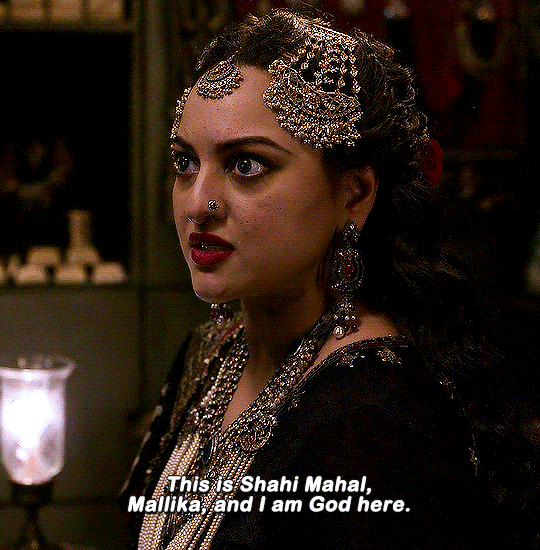
You had no right to sell Imaad, Aapa! What else could I have done? Have him become a pimp? Let him become an addict? Or let him become a eunuch? HEERAMANDI, 1.01 (Mallikajaan: The Queen of Heeramandi)
467 notes
·
View notes
Text
Personally obsessed with this Instagram page(fansassociation_ on insta) and this edit in particular.
10 notes
·
View notes
Text
The full two seconds it takes me to differentiate between the stalin my timeline is referring to between Tamils and communists lmao

5 notes
·
View notes
Text
Scanlation: Chiisaki Gensho no Hana-tachi (ENG)
My English scanlation of the Hyakujitsu no Bara doujinshi Chiisaki Gensho no Hana-tachi ("Primordial Little Flowers", released September 2024).
This is a short but very pretty little Luckenwalde doujin.
Click here or here to get it. Enjoy :)

Check out my master post at the top of the blog for all my MR scanlations!
76 notes
·
View notes













